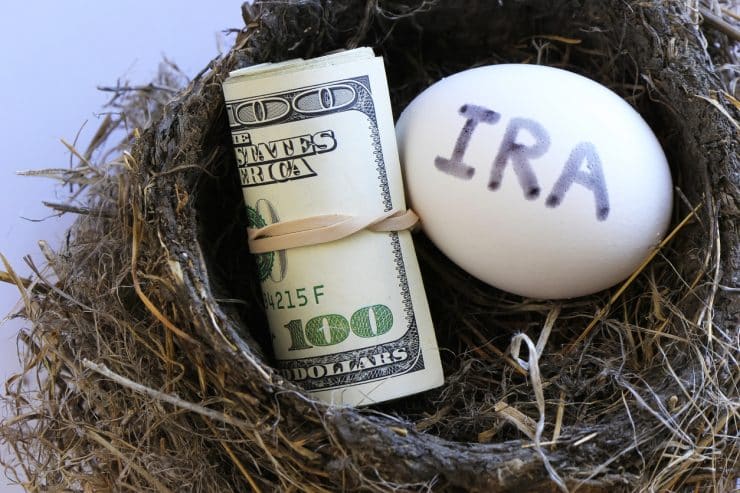What do the letters I-R-A mean to you? If you’re not sure, you’re not the only one. Many Americans who aren’t saving in an Individual Retirement Account say they don’t know enough about them or view them as too complicated, according to the latest annual IRA Survey from TIAA. And that’s a shame, because 91 percent of IRA contributors say they feel confident about their retirement savings, compared to 64 percent of people not socking money away in one of these portable, flexible retirement vehicles. These accounts are a great way to save for people without access to 401(k)s, but they’re also valuable for supplemental retirement savings. Here’s everything you need to know to get started.
It’s Okay To Start Small
Many investors do just that, says William Griesser, head of retail investment products at TIAA, who notes that nearly one-fifth of Americans contribute less than $250 each year to an IRA. Of course, you’ll want to nudge that up as you get raises or windfalls. One way to jump the gun is to elect to have some (or all) of your next tax refund direct deposited into an IRA. With refunds averaging around $3,000, that’ll get you almost 60 percent of the way to fully funding a contribution for 2017. The maximum contribution for the year is $5,500 — $6,500 if you’re 50 or older.
Roth IRA vs. Traditional IRA
If you’re stuck deciding between a Roth IRA and a traditional IRA, first understand the differences. With a traditional account, you’ll generally receive a tax deduction for making a contribution (as long as you don’t have a work-based retirement account like a 401(k)). The money grows tax-deferred, and when you withdraw the money in retirement, you’ll pay taxes at your current rate. With a Roth IRA, you pay taxes before making your contribution, the money grows tax-free and when you withdraw funds in retirement, there are no additional taxes owed. (In fact, you never have to withdraw the money but can pass the funds onto your heirs if you choose.) If you think you’ll be in the same or a higher tax bracket when you retire, a Roth is probably the way to go. “That situation might apply particularly to young people who are just starting out and have good prospects for earning more money in the future,” says Walter Updegrave, editor of RealDealRetirement.com. Traditional IRAs, on the other hand, are for people who are currently in a higher tax bracket and think they’ll be in a lower tax bracket upon retirement — maybe you’re planning to switch careers or cut back on hours before retirement.
Tax Diversification
Diversification doesn’t just apply to your investments. It’s best to keep your retirement savings in different types of accounts that will be taxed differently, says Updegrave. Since no one can be 100 percent sure whether they’ll be in a higher or lower tax bracket when they retire, it’s often best to diversify by saving both pre- and post-tax dollars. But this doesn’t mean you need to save in both types of accounts simultaneously — you can still diversify by, say, choosing a Roth IRA in your younger years and moving to a traditional one later on.
Types of Investments
An IRA is simply your bucket. It’s a type of account to put money in, and it can hold many types of investments. If you’re more of a “hands-off” investor, one simple investment for your IRA is a target-date retirement fund, says Updegrave. It’s a portfolio that automatically rebalances the ratio of more risky to less risky investments as you age (more in stocks when you’re younger, more in bonds when you’re older and close in on your “target” retirement age). Another choice is creating your own portfolio, but Updegrave recommends keeping it simple, with just two funds — a total stock market index fund and a total bond market index fund. He says this simple approach is effective and low-cost — getting more complicated might mean higher fees or managing investments you don’t fully understand.
How Much to Save — and Balancing With Other Retirement Accounts
Experts advise aiming to save a total of 15 percent of your income for retirement. As for which type(s) of accounts to sock it away in? It all depends on your personal situation. If your employer doesn’t offer a retirement savings plan, an IRA — Roth or traditional based on the guidelines above — is your best bet. If your job does offer a 401(k) with a match, it would benefit you to save enough in that account to get the full match — otherwise, you’re leaving free money on the table. Their matching dollars can count towards your 15 percent goal. (If your employer offers a 401(k) with no match, the option of having contributions deducted from your paycheck is appealing in and of itself.) And if you can save above and beyond the 401(k)? An IRA can be a great way to go.
With Hayden Field






